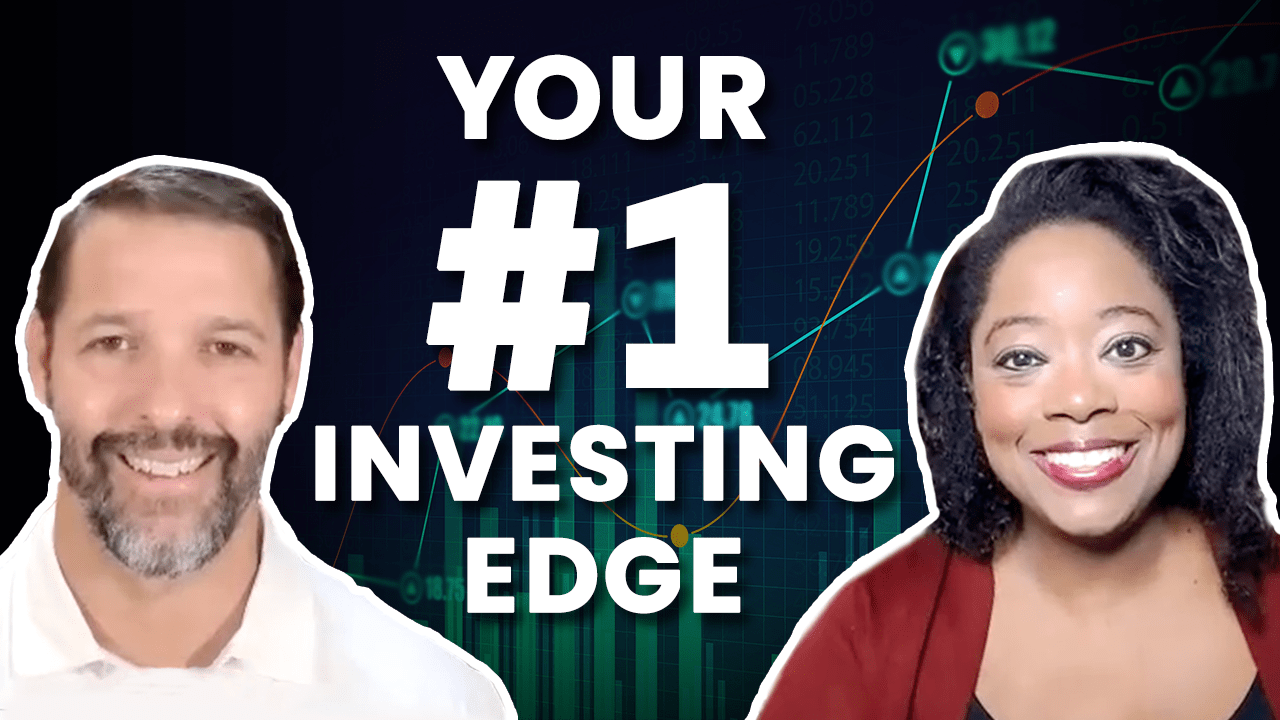Computers began to take over the New York Stock Exchange (NYSE) in the 1960s.
Surprised it wasn’t the ‘90s, with the advent of the internet? Well, on December 20, 1966, the NYSE switched over to a fully automated computerized trading system.
There were a lot of bugs to be worked out of course, but by 1984, we had digital program trading (or trading algorithms).
Humans still dominated trading into the 2000s … until those algorithms became more and more sophisticated. Eventually, they revolutionized the system.
Nowadays, if you go to the trading floor of the stock exchange, you won’t see people.
Well, you might see news reporters and journalists. But trading has gone completely digital, with the help of data analytics and algorithmic software.
Technology forced the industry to change, and made it better — a more efficient way to do business.
As an investor, you always need to have some type of edge. For me, it’s trying to use the prevailing technology that’s helping us do more with less.
In case you missed it, my latest research is about how trading algorithms (and specifically, this artificial intelligence software) can help you invest smarter, more efficiently and with better odds of success.
Amber and I dive in even deeper on this in today’s video…
(Or read the transcript here.)
🔥Hot Topics in Today’s Video:
- Tech News: How one man was able to use an AI algorithm to track some of the biggest trades in the market. [2:05]
- Market News: Is the recession over before it began? New studies and indicators point to this near miss. [10:50]
- Mega Trend: Tesla (Nasdaq: TSLA) could be facing some big competition as seven major automakers jump into the EV fast-charging market. Studies show 182,000 fast chargers would be needed by the end of the decade. [15:20]
- Investing Opportunity: A chance to catch up to this emerging market with an EV charger ETF! [17:05]
- Your Questions! Plus, one reader helps explain crypto to new investors. [21:05] Do you have a question you’d like us to answer next week? Send them to us at BanyanEdge@BanyanHill.com.
See you next week,
P.S. I’ve found the “secret sauce” for investing today. And its name is An-E…
An-E can predict stock prices one month into the future and is often spot on to within a percent or so.
You can simply type a ticker symbol into An-E’s system and, using advanced AI and machine learning it can give you data that helps you know when to buy and sell…
That means An-E can help you potentially make big gains month after month and avoid big losses.
Check out the full story here.
Inflation? Not in China
The past two years of inflation have been intolerable, and it’s not limited to the United States. Most of Europe, Japan and the rest of the developed world have been experiencing inflation rates not seen in decades.
But inflation isn’t a problem everywhere. And the distinct lack of inflation in China is something we need to be watching.
China’s CPI Inflation Rate
China’s consumer price inflation came in at a big fat 0% in June, after rising just 0.1% and 0.2% in April and May.
Now, from where we’re standing, zero-percent inflation sounds pretty good. If the price of my Chipotle burritos rise by another nickel, I may burn down the restaurant in a fit of rage.
But there is a reason why the Federal Reserve targets 2% inflation and not zero. At zero, you’re getting uncomfortably close to deflation. And then you have a real problem.
Deflation, or falling prices, sounds great in theory. But in practice, deflation tends to go hand in hand with deep recessions and depressions.
We had deflation for most of the 1930s, and Japan has been struggling with deflation off and on for 30 years in their slow-motion depression.
So, is that where China is headed?
It’s a possibility. The COVID-19 pandemic wrecked China’s economy. In the aftermath, many western firms are looking to bypass China as they rebuild their supply chains.
Meanwhile, China’s property sector — which has looked overbuilt and overpriced for the better part of two decades now — continues to deflate. Prices have been falling since late 2021.
There’s no obvious catalyst for China to shake out of it either. The demographic wave that saw hundreds of millions of people migrate from the countryside to the city is done. The manufacturing boom is done. And China is far less competitive on services globally.
Still, China is the world’s second-largest economy, and a major consumer of western consumer goods. If China does fall into a deflationary depression spiral, as seems more and more likely as the post-COVID world develops, it’s going to show up in American corporate earnings.
So as you review your portfolio, you might want to give it a good hard look for China exposure … and consider reducing your exposure to any companies that depend too heavily on our trading partner to the east.
Regards,
**Disclaimer: We will not track any stocks in The Banyan Edge. We are just sharing our opinions, not advice. We will, however, provide tracking, updates and buy/sell guidance for the model portfolio in your service subscription.
